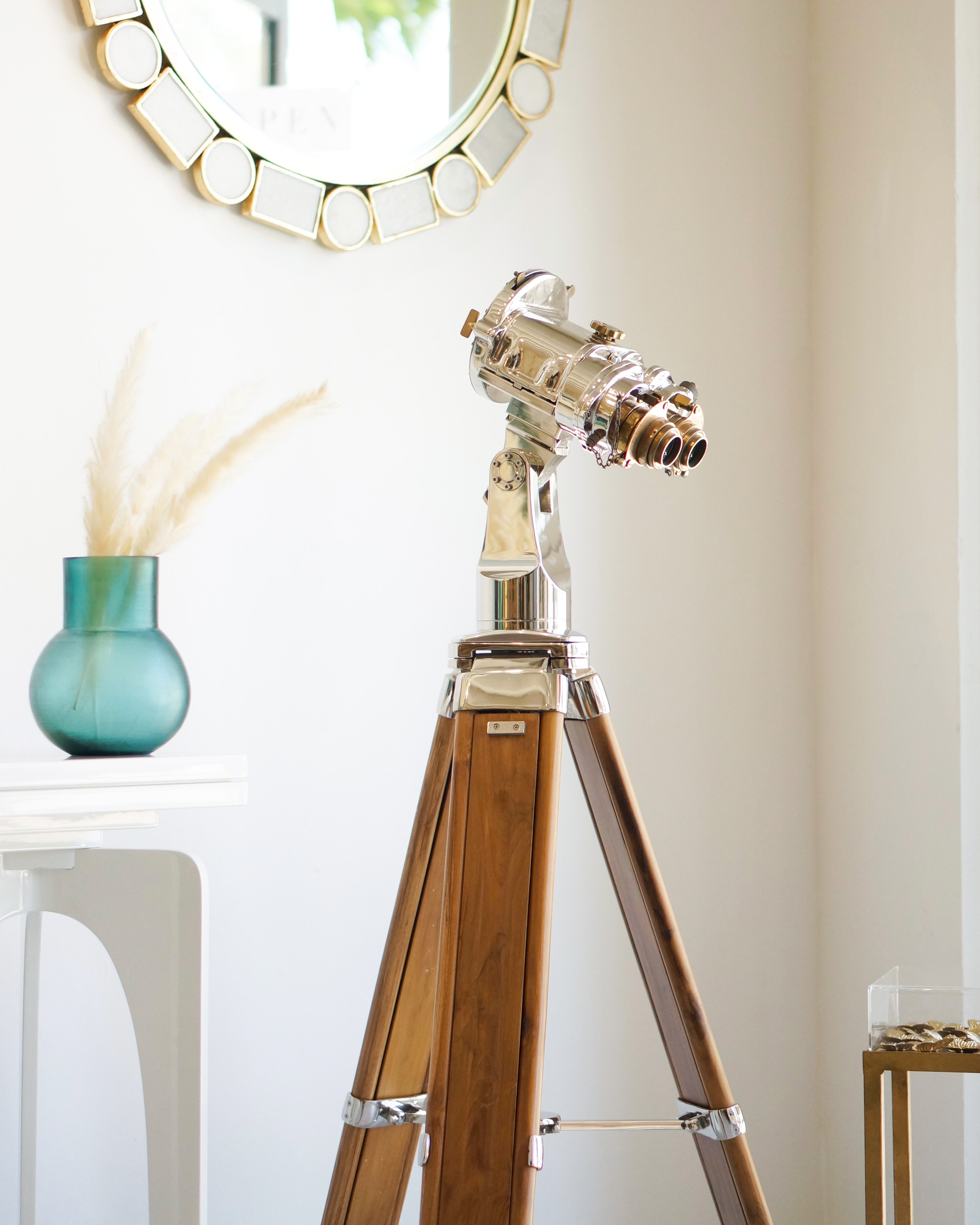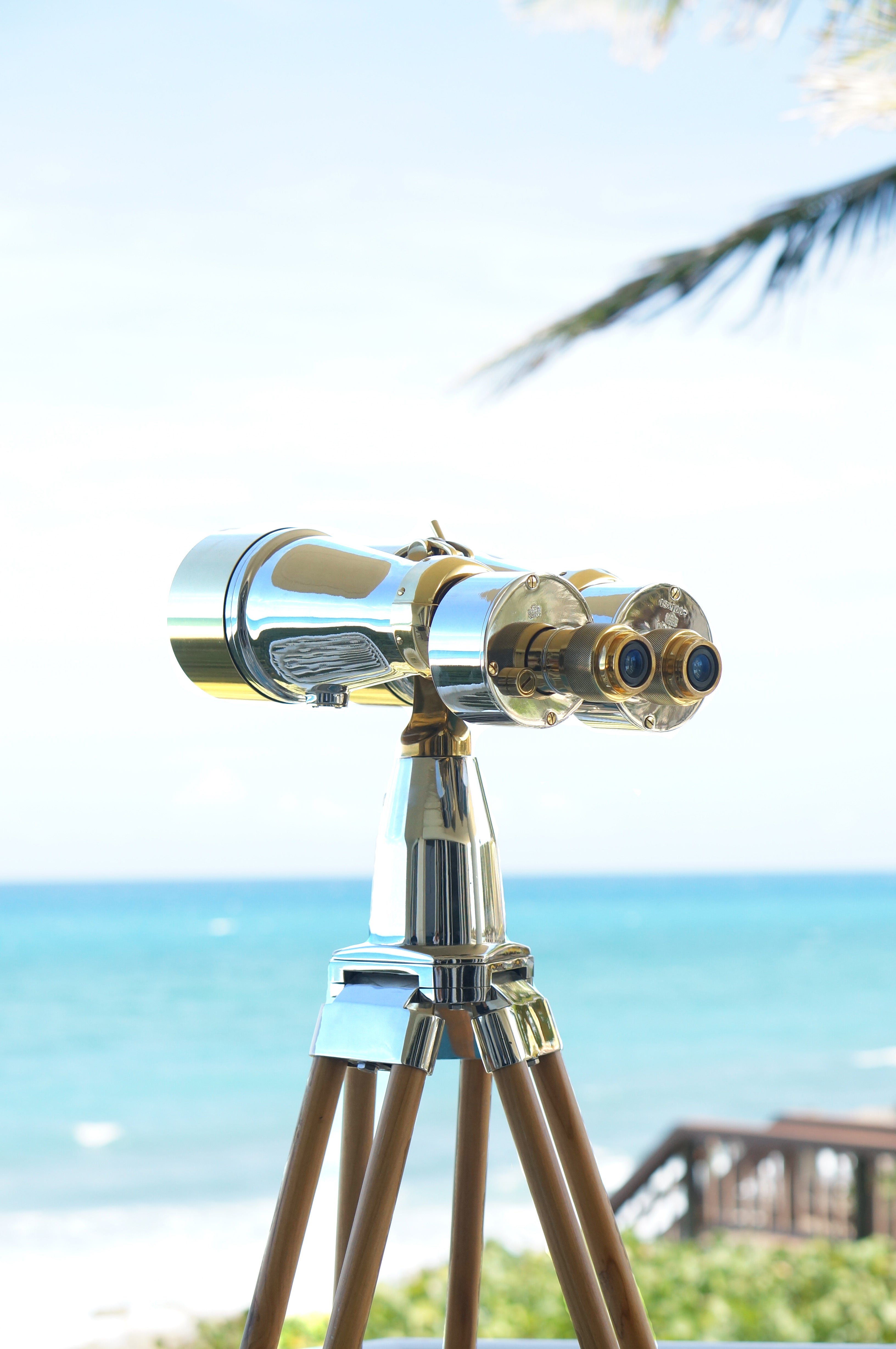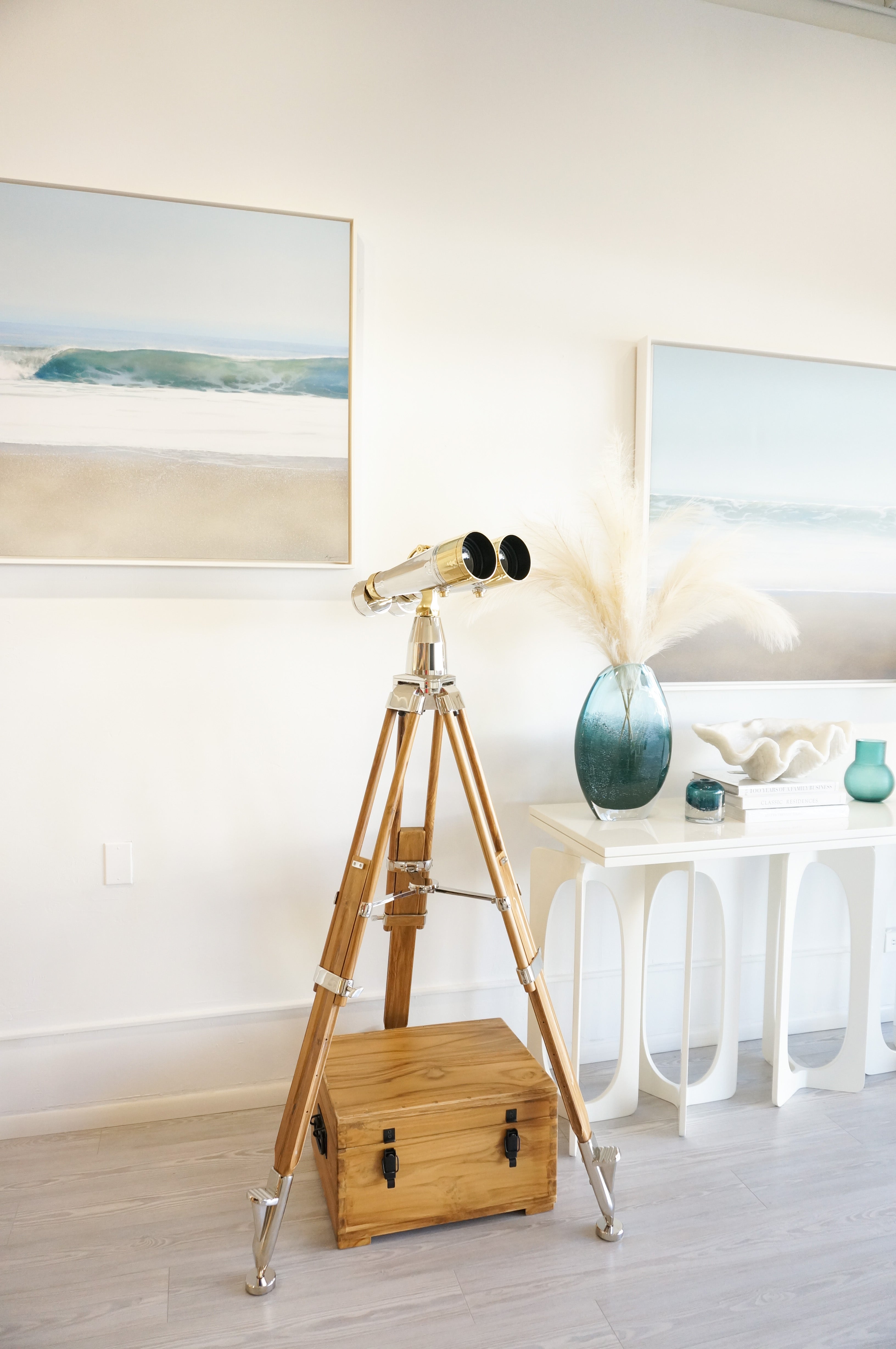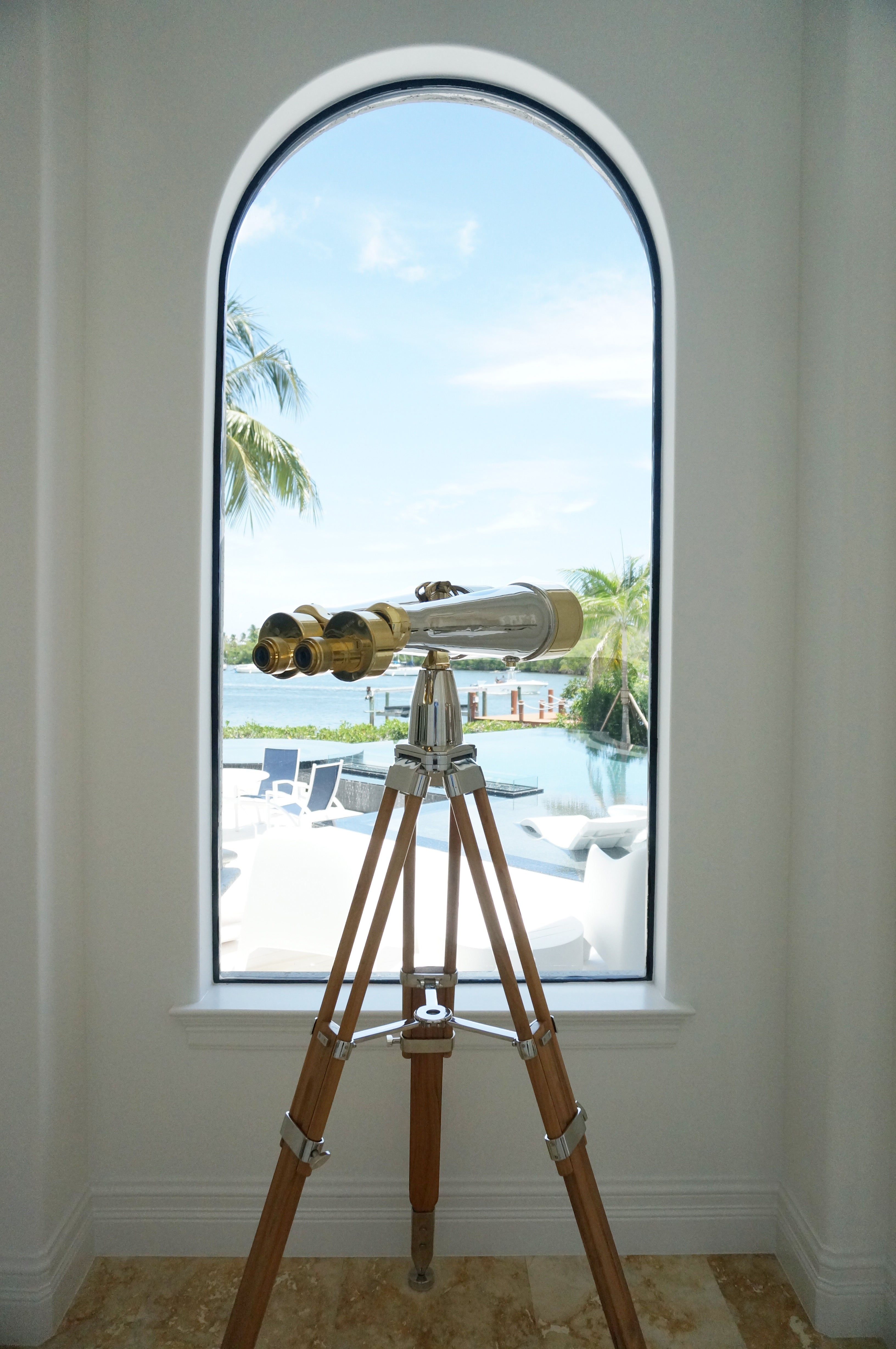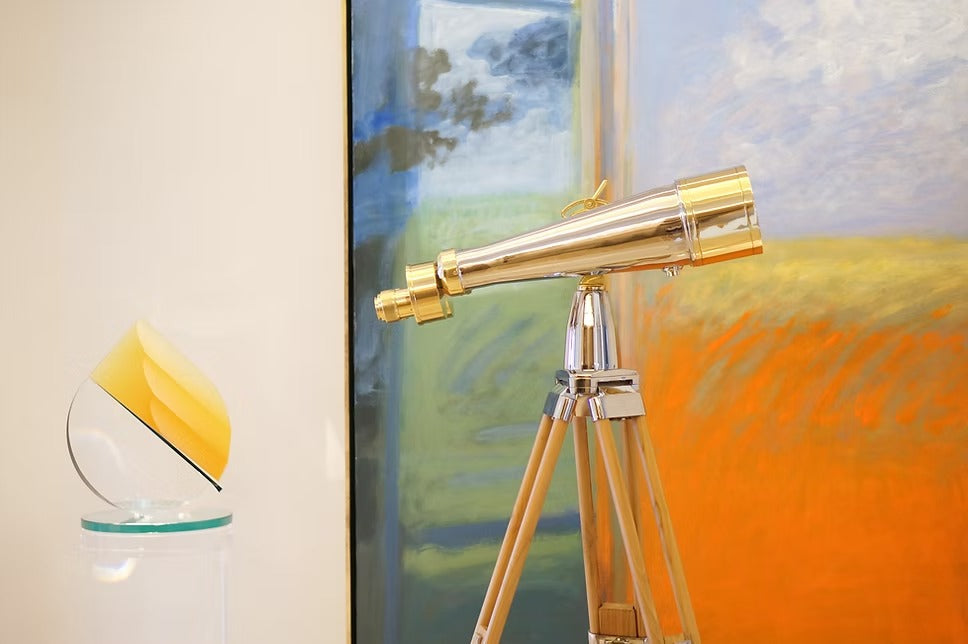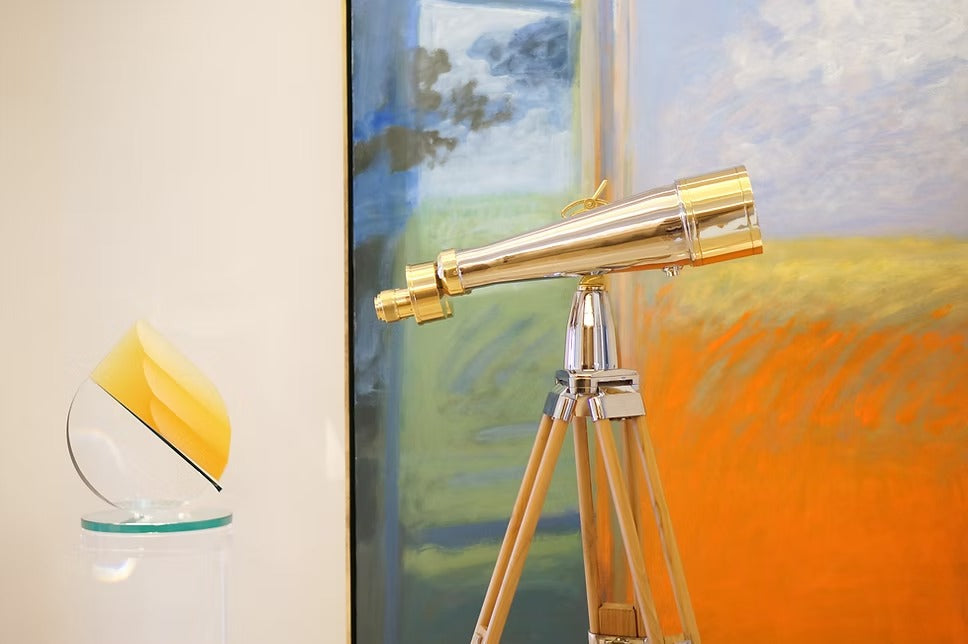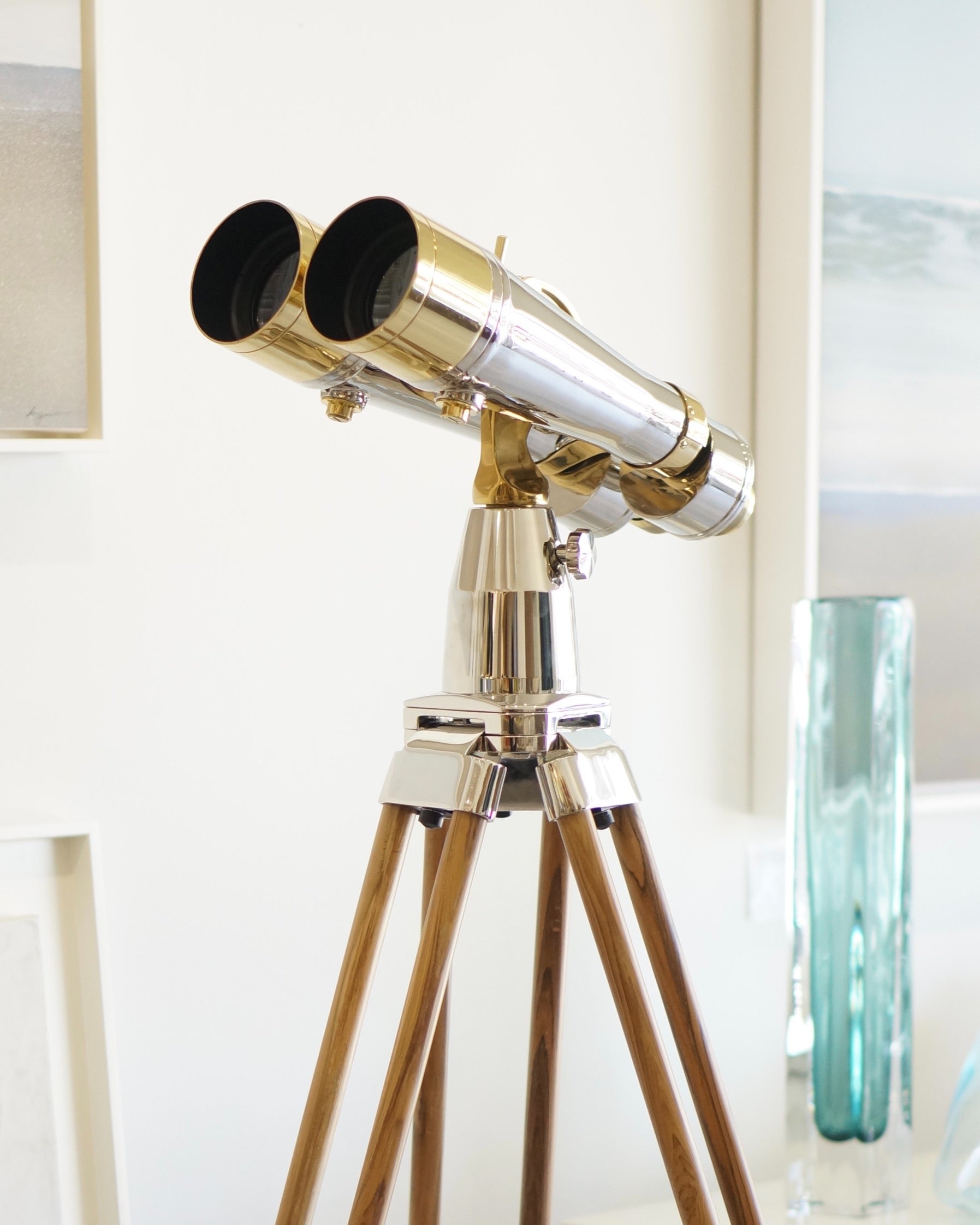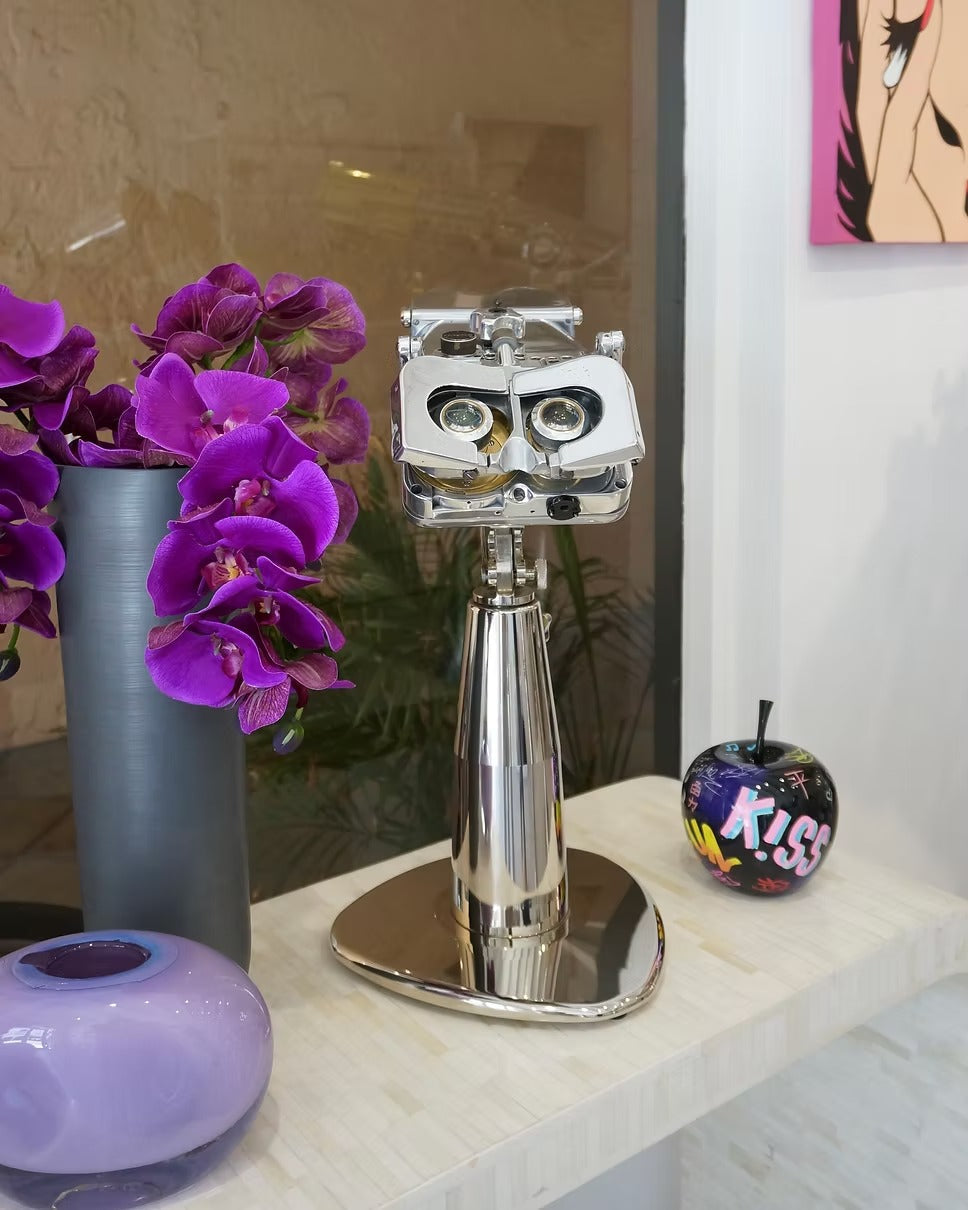
An outline of Japanese binocular production
In 1873, Matsugoro Asakura traveled to Austria for Japanese government sponsored study of optical manufacturing; returning in 1875 to build a lens making factory, also with government assistance. Matsugoro died before finishing the factory, which was completed in 1876, producing ophthalmic lenses using imported glass. His son, Kametaro Asakura, developed a photographic lens after 1883, exhibiting it in 1890, the first known Japanese made multi element photographic lens (there were earlier singlet objectives). During the 1894-1895 Sino-Japanese War, Konishiroku Co. imported binoculars from Carl Zeiss: fifty of the 6 power models, fifty 8 power, and five 5 & 10 power ('Admiral Togo' Marineglas) models.
Fujii Brothers were the first binocular manufacturer in Japan, producing their first models in 1911. Ryuzo Fujii graduated from the Tokyo Institute of Technology in mechanical engineering, studied optics in Germany for 3 years; and from 1901-1908 was a naval engineer (Army officer in other sources), then left to open a business with brother Kohzo (or Mitsuzo), a chemist.
After renting a dirt floor room in a house, for research work, in 1909 they opened the Fujii Lens Works in Tokyo with German fabrication equipment and Zeiss measuring instruments. Their intent was to produce binoculars, and after two years of development, circa 1911, the first Japanese binocular was produced, the Fujii Brothers Victor 8 x 20. Galilean field glasses might also have been made. WWI brought on difficulties in obtaining the German optical glass used in these early models, but production continued. 6 x 15 and 6 x 20 binoculars were exported to Russia and England. In 1917, Fujii joined with the Tokyo Keiki Seisaku Sho (Tokyo Measuring Instrument Works - metal fabricators), and Iwaki Glass, (also Mitsubishi, who provided investment funds), to form Nippon Kogaku, for the purpose of manufacturing optical munitions. In 1915, due to the difficulties in importing German optical glass, the Japanese Naval Institute of Technology in Tokyo began to develop optical glass manufacture, also sending students to Germany and England; with the design and production of lenses beginning in 1918. The Institute was destroyed in the 1923 earthquake, and the technical staff joined Nippon Kogaku. The Nikon Corp. web site lists 1918 as the year that optical glass research and production began at Nippon Kogaku.
In 1921, the Osaka Industrial Material Testing Laboratory (part of the Ministry of Agriculture and Commerce) began research into the production of optical glass, which at the time was imported from England, France, and Germany. In 1918, Nippon Kogaku exported over 15,000 prism binoculars (in 18 models) to England, France, America, and Russia.
In 1921, eight German scientists & engineers were hired for five years: Max Lang, Hermann Dillmann, Ernst Bernick, Otto Stange, Adolf Sadtler, Karl Weise, Albert Ruppert, and Heinrich Acht (the principal engineer). One of the first tasks for the group was redesigning NK binoculars, resulting in the Luscar & Mikron models of 1921. The Mikron, in 4x and 6x, were very small, weighing only 90 grams for the 6x models. The Orion 6 x 24 and 8 x 26, and the Nova series, appeared in 1923. The German team also assisted in the introduction of photographic lenses. 1948 saw the release of a new Mikron series including a CF model of the Mikron 6 x 15.
During the 1930s, the Japanese Army decided to issue a binocular to all non commissioned officers. Prism binoculars cost 80 Yen, and Nippon Kogaku was asked to produce a binocular costing 30 Yen. The result was the Imperial Army NCO field binocular type 93, a Galilean with a reticle for estimating distance. Reticles are not used in Galilean binoculars because there is no internal focal plane, but in the NK design, a scale was etched on the inner surface of the objective, and a convex lens was glued to the upper half of the ocular, to focus on the scale. This design is unique among mass produced binoculars and quite effective. During WWII, Nippon Kogaku had 23,000 employees in 25 factories; but immediately postwar had 900 people & 2 factories. Certain optical glass supplies were imported during WWII from Germany, via submarine. In 1919, Asahi Kogaku was established in Tokyo to make ophthalmic lenses, making movie projector lenses by 1923, and photographic lenses by 1929 or 1931. WWII destroyed most of the factory and the company was closed. Asahi Optical Co. was restarted in 1948 to make binoculars for export. In 1919, the forerunner of Olympus Optical Co. was established as a microscope manufacturer, Takachiho Seisaku Sho.
Photographic lenses were first made in 1936. The Olympus name was adopted in 1949. In 1928, the forerunner of Minolta was founded as Nichi-Doku Shashinki Shokai (translated as 'Japan-Germany'). Lens production began in 1937. In 1942, Minolta was commissioned by the Japanese Navy to manufacture optical glass at a plant near Kobe. The first Japanese coated camera lens was a Minolta Rokkor of 1946. 1932 saw the merger of factories including an optical plant, to form Hattori Tokei Ten, to manufacture clocks. They made photographic lenses by 1934. At some date, the company became Tokyo Kogaku Kikai, Tokyo Optical, using the Toko mark on binoculars during WWII.
Canon began as Seiki Kogaku Kenku Sho in 1933, producing cameras by 1935 and lenses by 1939. The Canon name was adopted in 1947.
Riken Optics, later Ricoh, began making sensitized paper, and was making cameras by 1938.
In 1934, the Fuji Photo Film Co. was established (not related to Fujii Brothers). In 1938, Fuji began melting and production of optical glass and lenses. During World War II, Fuji made lenses and aerial cameras. Post-war, Fuji produced optical glass and lenses for studio cameras.
Japanese military 'giant' binoculars are quite common a half century after WWII. Production numbers are not known, but diagrams of Japanese Navy vessels show, for example, a cruiser class ship with 13 giant binoculars mounted on the deck. ---------- Kevin Kuhne wrote the chapter, 'Japanese Binoculars', for 'Militaerische Fernglaeser und Fernrohre in Heer, Luftwaffe, und Marine', by Hans Seeger (Hamburg: Seeger, 1996). A summary of this chapter follows: Toko and Nikko produced the largest number of large military binoculars during WWII. Most eyepieces were variations of the standard 5 element Erfle design, with 60 degree apparent field and low eye relief. The Japanese bought about 200,000 pounds of optical glass from Schott 1939 - 1944. External, eyepiece mounted polarizing and haze filters were usually provided, and gas charging ports are found on all models, some with internal dessicant in a silk bag.



The U.S. giant binoculars used during WWII were mostly directly copied from captured Japanese models. Collimation by adjusting eccentric ring objective cell: 60mm, 80mm, 105mm, 120mm, and some of the 150mm models. Collimation by adjusting prisms: Some 150mm models, and the 180 mm model. Models included: 7.5 x 60. 45 degree inclined eyepieces. Erfle eyepieces, 60 degree field. Schmidt roof prism with swiveling rhomboid prisms to adjust IPD. Performance excellent. 10 x 60. 60 degree inclined eyepieces. Erfle eyepieces, 60 degree field. Amici type roof prism, with swiveling rhomboid prisms to adjust IPD. Performance adequate. 10 x 80. Straight through. Porro II. 15 x 80. Straight through. Erfle eyepieces, 60 degree field. Porro II prisms. Objectives are air spaced achromats. Performance very good. 15 x 80. 45 degree inclined eyepieces. Erfle eyepieces, 60 degree field. 45 degree deviation prism and a Porro II prism. Made by Yashima. Performance adequate. 15 x 80. 60 degree inclined eyepieces. Erfle eyepieces, 60 degree field. Scaled up version of the 10 x 60. Performance very good. 15 x 100. Straight through. 60 degree apparent field. Objective is a three element Cooke type lens, allowing shorter focal length. Performance excellent. 20 x 100. Straight through. Erfle eyepieces, 60 degree field. Porro Il prisms. Objective is an air spaced achromat. Scaled up version of the 15 x 80. Performance very good. 15 x 105. 60 degree inclined eyepieces. Erfle eyepieces, 60 degree field. Objective is air spaced. Scaled up version of the 15 x 80, with same roof & rhomboid prisms. Performance excellent. 15 x 120. Straight through. Erfle eyepiece, 60 degree field. Objective is a three element Cooke type lens. Scaled up version of the 80 mm Porro II. One example is labeled (translation:) '120 mm Binocular for Night Torpedo No. 59 Manufactured in 2nd Month of Showa 13th Year (Feb. 1938) By Tokyo Kogakukikai Kabushiki Kaisha' (Tokyo Optical Equipment Co.). 15 x 120. 45 degree inclined eyepieces. 60 degree field, oversized eyepiece with eye lens 30.5mm diameter, long eye relief. Schmidt roof prism with swiveling rhomboid prism for IPD. Made by Toko. Performance excellent. 20 x 120. Straight through. Erfle eyepiece, 60 degree field. Scaled up version of the 80 mm Porro II. 20 x 120. Straight through. Erfle eyepiece, 60 degree field. Porro II. Deck mounted on submarines, in a sealed steel case, objectives covered by 40 mm glass window, eyepieces behind steel door. IPD adjustment via lever between the eyepieces, fastened to gears that rotate Porro II housings. 170 pounds. Scaled up version of the 80 mm Porro II. 20 x 120. 22.5 degree inclined eyepieces. Erfle eyepiece, 60 degree field. Large Porro II prisms with exit face angled at 22.5 degrees, swiveling rhomboid prisms to adjust IPD. Performance excellent. 20 x 120. 45 degree inclined eyepieces. Erfle eyepiece, 60 degree field. 45 degree Schmidt prism with swiveling rhomboid prism to adjust IPD. Made by Nikko. Performance excellent. 120 mm models weigh from 30 to 50 pounds without their mountings. 18.8 x 150. Porro II. Objectives are doublets or Cooke triplets. Performance excellent. 20 x 150. 60 degree field. Porro II. Objectives are doublets or Cooke triplets. Performance excellent. 25 x 150. 60 degree field. Porro II. Objectives are doublets or Cooke triplets. Performance excellent. 20 & 30 x 150. 60 degree field. Turret mounted eyepieces. Porro II. Objectives are doublets or Cooke triplets. Performance excellent. 150 mm models weigh about 80 pounds. 22.5 & 30 x 180. 60 degree field. Turret mounted eyepieces. Porro II. Objectives are Cooke triplets, f 4.5. Weighs about 130 pounds. 33 x 200. Folded optical system: from objective lens, through two 90 degree prisms, through two 45 degree prisms, to eyepiece. 1400mm focal length, 787mm physical dimension. Erfle eyepiece, 60 degree field. Cooke triplet objectives. Cast bronze body, weighs over 250 pounds without mounting. Optics are not coated. Performance quite satisfactory. Labeled (translation:) '20 cm. Telescope #2, Manufactured at the Japanese Naval Technical Centre, February 1932.' 50 & 83 x 250. Turret mounted eyepieces. Two made by Nikko in the early 1940s, used at the Russo-Japanese front for artillery spotting, one destroyed in action, one returned to Japan during the war, now at the National Science Museum in Tokyo, modified to 40 x 250. Brass, weighs over 300 pounds without mounting. -------------
On 20 February, 1947, the U.S. General McArthur signed the document SCAPIN 1535, which required all export items carry to carry the MIOJ mark for 'Made in Occupied Japan'. (SCAP = Supreme Commander for the Allied Powers). Post-war control of Japanese exports was held by U.S. military offices until August, 1949. The MIOJ requirement was in force until SCAPIN 2061, 05 December 1949, (another source places this date at the treaty signed on 08 September, 1951, becoming effective 28 April, 1952). After one of these dates, 'Made in Japan' or 'Japan' were used. In 1952, the military occupation of Japan ended. The 'J-symbols' (JB and JL followed by a number) were used after November of 1959, for about 30 years, to indicate a product approved by the Japan Binoculars Export Promotion Association. These marks, about 2mm in height, are usually next to the bridge, between the objectives. JB, followed by 2 or 3 digits, identifies the maker of the finished binocular, and JE identifies the maker of the metal body. The J shows a horizontal line from the middle of the J, combining L and J to mean Light Machinery of Japan. The common oval paper label 'PASSED JTII' means compliance with the export standards of the Japan Telescopes Inspection Institute.
Tamron company was founded in November of 1950 as Taisei Optical Equipment Manufacturing, in Urawa, producing cameras and binocular lenses commences Japanese manufacturing and marketing businesses were permitted to deduct from their income taxes 80 percent of their income from exports. An important part of the history of binocular manufacture in Japan is the highly controlled nature of the business. It is impossible to understand these circumstances without fluency in Japanese. A sketch of the situation is found in a 2 page paper, "History of Binoculars, as outlined in Japan". No author is given, but from the reference to Otsuka Optical, the source can probably be inferred: "From 1955 on, Japan could manage to share 95% of the world market of binoculars. On the other hand, optical instrument manufacturers made their appearance one after another, going in for an excessive business competition. In January 1955, the Japan Export Binocular Industry Association was established and began demand-and-supply adjustment work (controls on the quantity of shipment, sales price and method) to eliminate the excessive competition, thus giving rise to the appearance of an era of cartels. It was in those days that Otsuka Optical was born with an allocated production capacity of 200 binoculars a month. Later, this adjustment work was extended to cover six lines of business, such as trading companies, lenses, molding, barrels, and cases, thus driving Japan's binocular industry into an era of cartels on a full scale." "For a further solidification of the cartels, the Japan Binocular Export Projects Association was established in August 1960 to engage in substantial buying and selling. In March 1961, however, the substantial buying and selling were called off due to the backlog and dwindling fund. The Association's debts amounted to 500 million Yen. Without any constructive measures taken, the exports were suspended in April 1961, placing the Japanese binocular industry in the worst condition. In an attempt to have access to an allocation, businesses purchased 20% of the backlog and shipped them although they were aware that the dealings would increase their deficits. It is under such circumstances that many businesses went down."
by Peter Abrahams, telscope@europa.com
Examples of reproductions of WWII Japanese Binoculars available at Luxxoptica.
